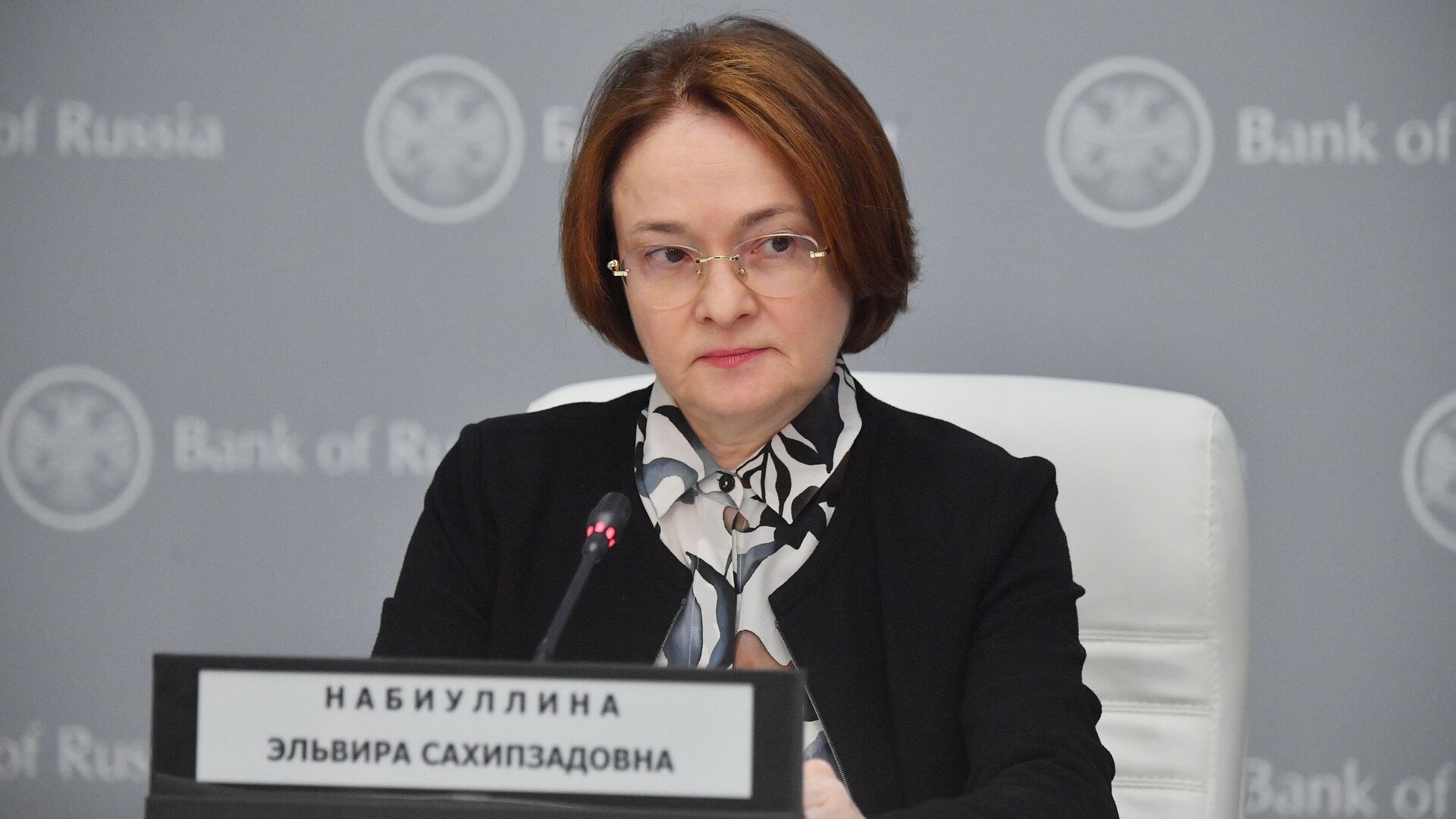
Russia Builds Alternative to SWIFT as Part of Digital Sovereignty Push
Russia Builds Alternative to SWIFT as Part of Digital Sovereignty Push
Executive Summary:
- Russia announced in early April that nearly all domestic financial transactions are now being conducted through the Financial Transaction System, which was created as an alternative to SWIFT.
- The development of new financial systems is part of a broader desire for greater independence from Western-dominated institutions, including the development of alternative internet infrastructure.
- Moscow has established tech workers as a protected class from mobilization in a move to end Western technological dependence and stem the outflow of IT talent exacerbated by the full-scale invasion of Ukraine.
Elvira Nabiullina, the Director of the Central Bank of Russia, announced in early April that nearly 100 percent of all domestic financial operations are now being conducted using the System for Transfer of Financial Messages (Systema Peredachi Finansovykh Soobshchenii, SPFS). The national bank created the system as an alternative to the commonly used Western financial messaging network SWIFT (IXBT, April 8). SPFS was first developed in 2014 as a reaction to Western financial institutions’ effort to limit Russia’s ability to participate in international financial transactions in reaction to Russia’s annexation of Crimea and occupation of Eastern Ukraine.
The announcement demonstrates that Russian financial institutions have successfully fulfilled the March 2023 directives from the Central Bank that required them to transition to only using domestic services and technologies to conduct transactions (Vedomosti, March 20, 2023). The Russian Central Bank announced in January 2024 that 557 financial institutions and firms in 20 countries had connected successfully to SPFS (Logirus, January 18).
This alternative payment ecosystem includes payment cards for regular users. The Russian Central Bank issued a card under the name “Mir” in 2015 that is now used in 50 percent of payment card transactions in Russia, filling in the role previously served by Western electronic payment systems that exited the Russian market in 2022. The card is now fully accepted in Venezuela, Cuba, Belarus, the breakaway republics of Abkhazia and South Ossetia, and at some banks in other former Soviet republics and Vietnam. Several countries in the Middle East and Africa have expressed interest in joining the payment system, despite US sanctions targeting the issuing authority (see EDM, December 13, 2022, January 11, February 12; Vedomosti, February 26).
Increasing trade with Iran that began after the invasion of Ukraine has led to meetings between the Central Banks of Iran and Russia and plans to combine the SPFS and its Iranian analog, SEPAM (see EDM, December 13, 2022, January 11; Rossiiskaya Gazeta, January 19, 2023). Iran claims that the connection between the two countries is functional, allowing the central banks to perform direct transactions with each other in their national currencies (Life.ru, January 8). Iran was cut off from the SWIFT system as part of targeted sanctions in 2012 and again in 2018 due to Tehran’s continuing pursuit of a nuclear program. Türkiye is also pursuing similar agreements with SPFS to conduct financial operations with Russia in light of pressure from the United States and Europe to comply with sanctions (Izvestiya, February 12).
The proposal fits into a broader desire for greater independence from Western-dominated institutions that have been espoused at BRICS summits. This includes a shift away from the use of the US dollar as a transaction currency and the development of alternative internet infrastructure. This project of financial sovereignty currently has a greater chance of succeeding than the construction of an alternative “BRICSNET” transnational internet.
These efforts are also part of a broader goal of achieving technological sovereignty and control over the domestic information space on behalf of the Russian Federation, a shift that has accelerated over the past two years. This includes the testing of a sovereign RUNET, or domestic internet, the development of domestic SSL certificates, the banning of virtual private network (VPN) technologies, and the end of using foreign messaging systems, such as Viber, Microsoft Teams, Skype, and Snapchat, for communications with government services (Vedomosti, March 2, 2023; see EDM, February 15).
The development of alternative payment systems also reflects anxieties from Russian leadership that the country remains too dependent on Western technology. President Vladimir Putin has described Russia’s dependence on Western technology as “humiliating” and “dangerous” (RBC, November 25, 2022). Other policymakers have gone further. At the St. Petersburg International Economic Forum held in the summer of 2023, Maria Zakharova, Russia’s Minister of Foreign Affairs for Information Policy, argued that “Washington has sanctioned processes whose logical conclusion is a global digital dictatorship” (ForumsPB, June 15, 2023).
Moscow can rely on the expertise of Russian entrepreneurs who were at the forefront of developing electronic payment systems, such as WebMoney, in the late 1990s. Online consumers at the time sought secure methods of transferring money, and demand spiked for foreign currency in the aftermath of Russia’s 1998 financial crisis and the subsequent devaluation of the ruble in 1998.
The drive for import substitution to end dependence on the West is also reflected in a push to protect tech workers from Russia’s mobilization efforts. Information technology (IT) workers have been exempted from the draft, and technology companies have been granted tax and preferential mortgage incentives to encourage import substitution of the services provided by Western tech firms before they left the market following Russia’s reinvasion of Ukraine in 2022. To that point, there will be no taxes on profits generated by IT companies through 2024 (RBC, February 28, 2022). Russia initially scrambled to contain the outflow of IT talent after its full-scale invasion. The individuals created private information channels on Telegram and other digital platforms to assist one another in fleeing the country (Kommersant, February 28, 2022).
Russian media outlets indicate that these measures have had some success and that Russian IT companies’ service offerings increased by 22 percent in 2023 (Cnews, November 30, 2023). The Russian Minister of Digital Development, Maksut Shadayev, has stated that he is “very optimistic about the future” and the further replacement of Western IT services going forward (Novosti IT Kanala, November 25, 2022).
The broader Russian technology sector faces an uphill battle, despite additional government incentives. In 2022, Russia’s Ministry of Trade released a policy plan for developing the microelectronics and hardware sector through 2030, acknowledging that domestic manufacturing was 10–15 years behind the rest of the world. The plan was nonetheless criticized by domestic manufacturers for not supplying sufficient financial resources to reach the goals outlined (Kommersant, September 13, 2022).
Total import substitution for foreign electronic technology is not a viable short-term goal for the Russian Federation. The continuing development of alternative payment systems, along with the development of domestic IT solutions, however, is an area where Russia can rely on technical expertise and will likely serve as an example for other countries seeking to subvert sanctions and Western-dominated financial institutions.


